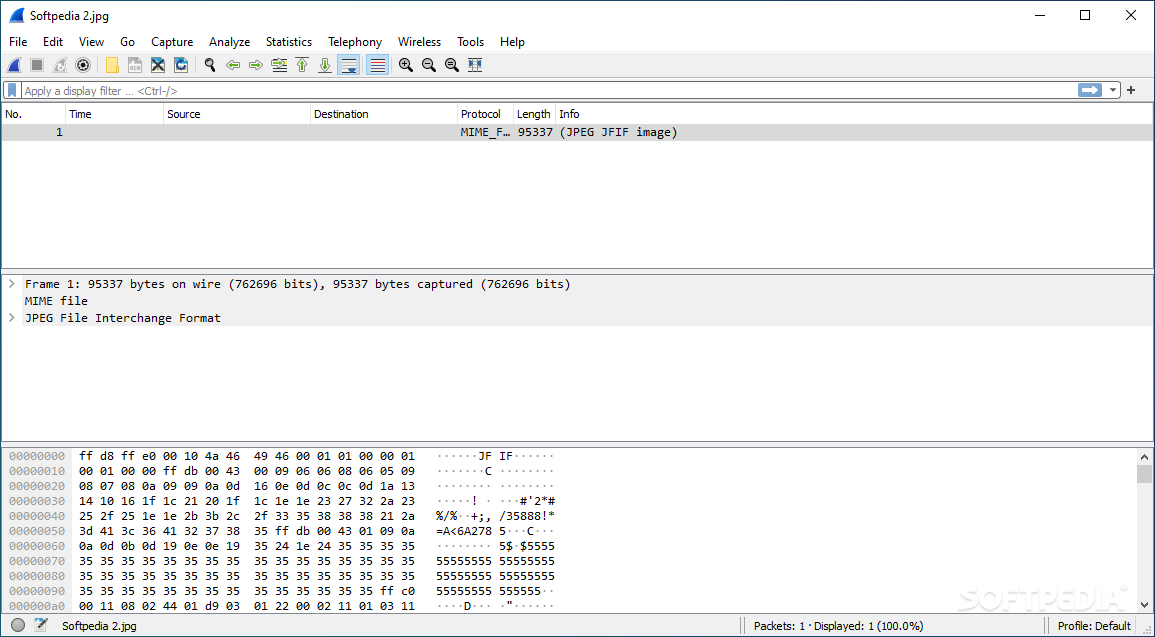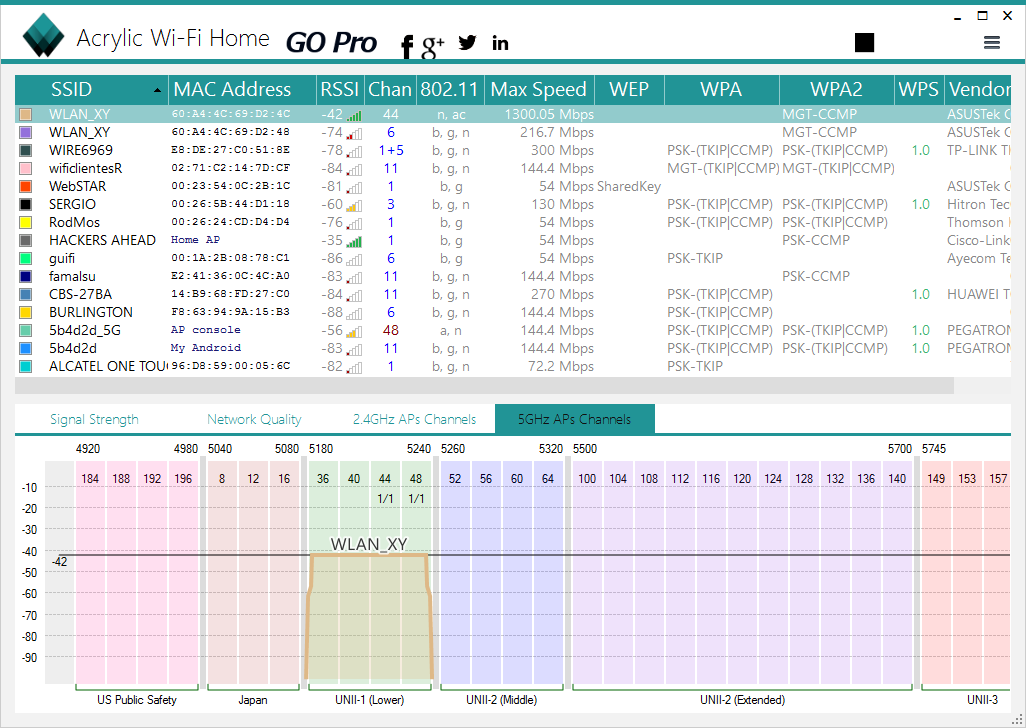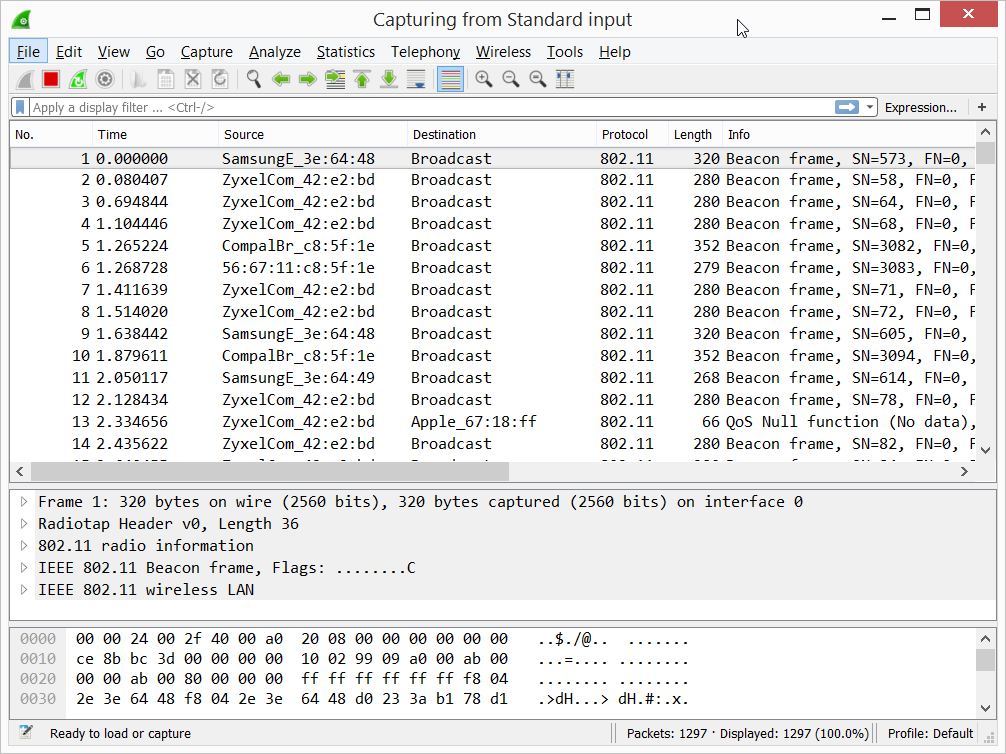
In the 2.6 Windows version of Wireshark, that, and routines it calls, will: The routine get_if_capabilities() in caputils/capture-pcap-util.c is the routine that actually gets the interface's capabilities. (that's macOS, running on the Wi-Fi interface on my MacBook Pro it supports monitor mode, and can return any of the header types in question). Hope that helps you and happy packet hunting.$ dumpcap -i en0 -L -list-time-stamp-types -I -Mġ27 IEEE802_11_RADIO 802.11 plus radiotap headerġ63 IEEE802_11_RADIO_AVS 802.11 plus AVS radio information header

Then unzip in any folder and you’re ready to convert those etl files to pcapng. Netsh trace start capture=yes CaptureInterface="Wi-Fi " IPv4.Address=192.168.1.1 tracefile=D:\trace.etl" maxsize=11Īfter you have your packets captured scoot over to and download etl2pcapng.

Netsh trace start capture=yes CaptureInterface=”Wi-Fi” tracefile=f:\traces\trace.etl” maxsize=11Ĭapture 11 MB from your Wi-Fi interface to and from host 192.168.1.1 To capture 11 MB from your Wi-Fi interface To display which interfaces Windows can use and their identification: Most of the details are in the video, but here’s the summary of some common commands This is a simple netsh command to start and stop a capture.

Even the ‘portable’ version of Wireshark isn’t entirely portable, and you may run into challenges trying to run it.Īfter some research, and testing, I’ve decided to use Microsoft’s built in packet capture commands and no, I’m not referring to Network Monitor. Each option has its own pros and cons that you need to determine on the fly for each scenario. Then I go down the rabbit hole of options: SPAN, hub, TAP, etc. I wanted to capture packets from someone’s Windows computer, and I couldn’t install Wireshark for a variety of reasons.


 0 kommentar(er)
0 kommentar(er)
